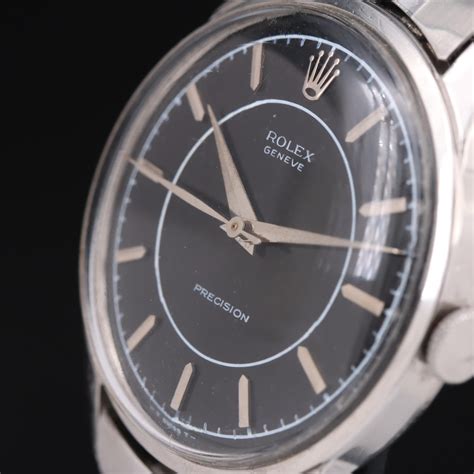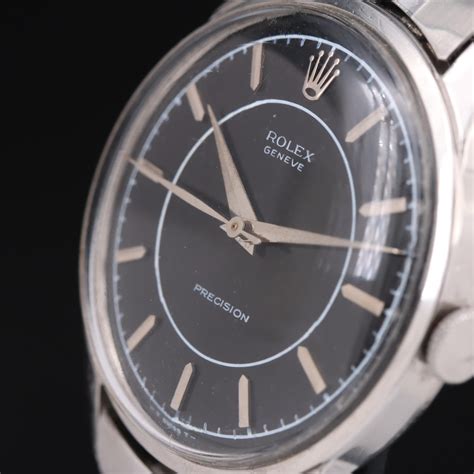rolex manual wind ,vintage rolex manual wind watches,rolex manual wind, Winding and adjusting your Rolex watch doesn’t require any tools, but it does require some know-how. Here, we’ll give you step-by-step (and visual!) instructions on how to wind your Rolex watch. Manually Winding Your Watch Our coveted Camille watch, refined. Updated with an iridescent dial encircled by a polished bezel, this dainty timepiece is crafted from silver-tone stainless steel with a slender chain-link bracelet strap for a sleek finish. .

Rolex is known worldwide for its luxurious and precise timepieces. From their classic designs to the cutting-edge movements that power their watches, Rolex has set the benchmark for quality in horology. While many of us are familiar with the well-known Rolex models like the Submariner or Datejust, there remains some confusion around the topic of manual winding and how it relates to the brand’s self-winding technology. This article seeks to explore these concepts, delve into the intricacies of Rolex manual wind watches, and clarify common misconceptions surrounding the winding mechanisms.
The Basics of Rolex Winding Mechanisms
Before we dive into the specifics of manual winding, it’s important to understand the basic types of Rolex movements. Rolex timepieces generally feature either manual wind movements or automatic (self-winding) movements.
Manual Wind Watches
Manual winding is the traditional method of powering a mechanical watch. As the name suggests, a manual wind watch requires the wearer to turn the crown of the watch to wind the mainspring, which stores energy and powers the watch’s movement. These watches need to be wound regularly to keep the timepiece running.
Automatic (Self-Winding) Watches
Rolex is perhaps best known for its automatic watches. These timepieces feature a self-winding mechanism, which means that they do not require manual winding if worn regularly. Instead, the motion of the wearer's wrist powers the watch, winding the mainspring automatically as the rotor inside the watch moves with the motion of the wrist. This self-winding system is convenient for everyday wear, as it eliminates the need for the wearer to manually wind the watch.
While both manual and automatic winding systems are popular in Rolex's range of watches, understanding the differences can help clarify when and why manual winding might be necessary.
Manual Winding for Rolex Watches: When Is It Needed?
It is essential to note that if you wear your Rolex watch daily and it receives an adequate amount of motion, manual winding will not be necessary. The automatic movement will take care of the winding process as long as you continue wearing the watch regularly.
However, there are certain situations where manual winding may be required:
1. If the Watch Has Stopped: If your Rolex has not been worn for a few days and has stopped running, you will need to wind it manually to start it again. This is because the automatic movement requires motion to wind the mainspring, and when the watch sits idle for a prolonged period, it may lose all of its power reserve.
2. Extended Periods of Non-Wear: If you take off your Rolex for an extended period (say, a few days or weeks), it may need manual winding before wearing it again. For example, a Rolex Submariner or a Rolex Datejust can easily be wound manually if they have stopped due to lack of wrist motion.
3. When You First Get Your Watch: New Rolex watches often come with no charge in their mainspring, meaning you will need to manually wind the watch before it starts running.
How to Manually Wind a Rolex
Manual winding of a Rolex watch is a simple process, but it is important to follow the correct procedure to avoid damaging the watch’s movement. Here’s how to do it:
1. Ensure the Crown Is Pulled Out to the Correct Position: For most Rolex models, the crown has two or three positions. The first position is used for manual winding, while the second and third are for setting the time and date. Make sure the crown is in the first position before starting the winding process.
2. Turn the Crown Clockwise: To wind the watch, turn the crown clockwise (away from the case). You’ll feel some resistance as you wind the mainspring. Generally, around 30 to 40 turns will fully wind the watch and give it a power reserve.
3. Check the Time and Date: Once the watch is wound, you can pull the crown out to set the time and date as necessary.
Manual winding is an important skill for Rolex owners, especially for vintage models or when a Rolex hasn't been worn for a while. However, it's essential to note that overwinding is a concern. Rolex watches are designed with a slip clutch mechanism to prevent damage from overwinding. Therefore, once the watch is fully wound, you can stop winding without worry of causing harm to the movement.
The Role of the Self-Winding Mechanism
Rolex’s self-winding movements have long been a key feature of the brand's luxury watches. The most famous of these is the Perpetual movement, which was introduced in the 1930s and has been a hallmark of the brand ever since.

rolex manual wind Shop online for pumps, sandals, ballerinas, loafers, slippers, sneakers and boots from the latest Miu Miu Footwear collection. Visit Our Official Miu Miu Online Boutique, Discover The Shoes Collection For Women And Buy Online.
rolex manual wind - vintage rolex manual wind watches